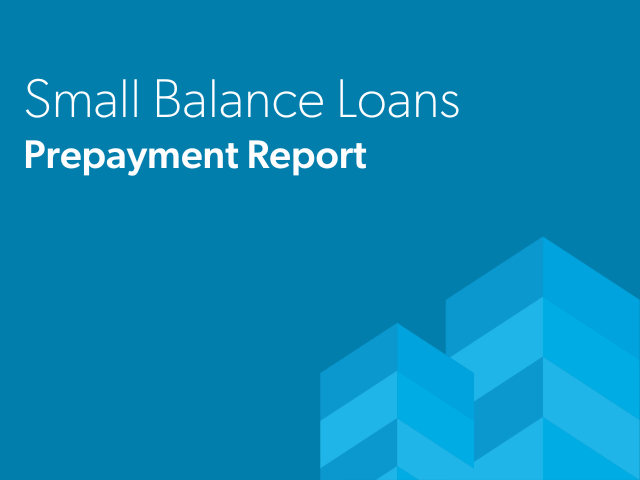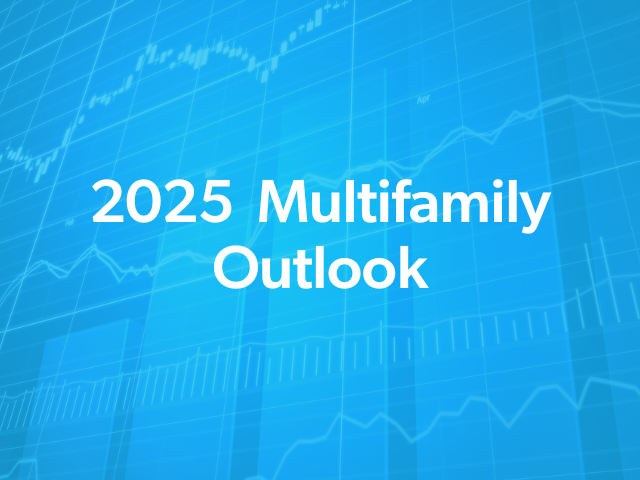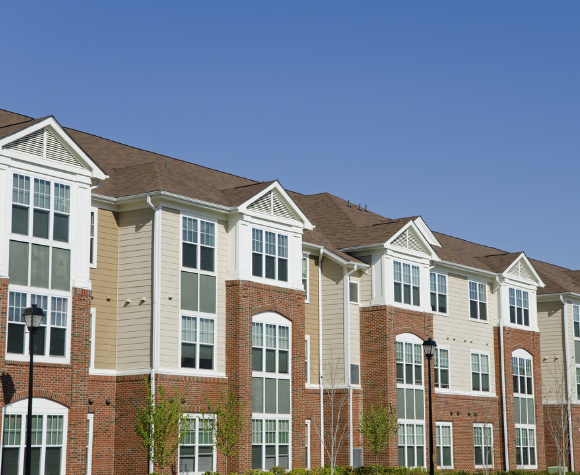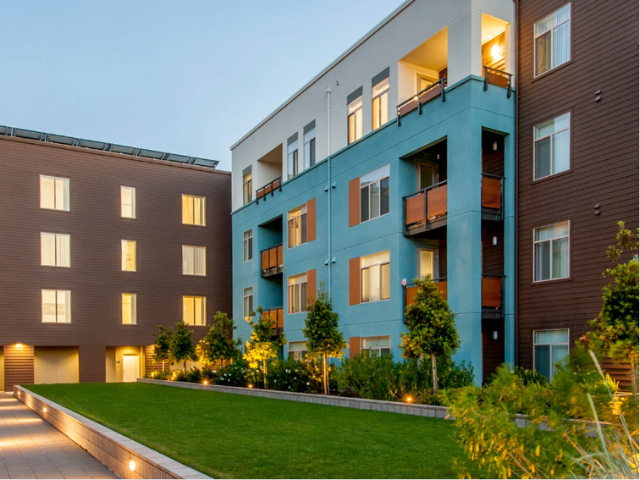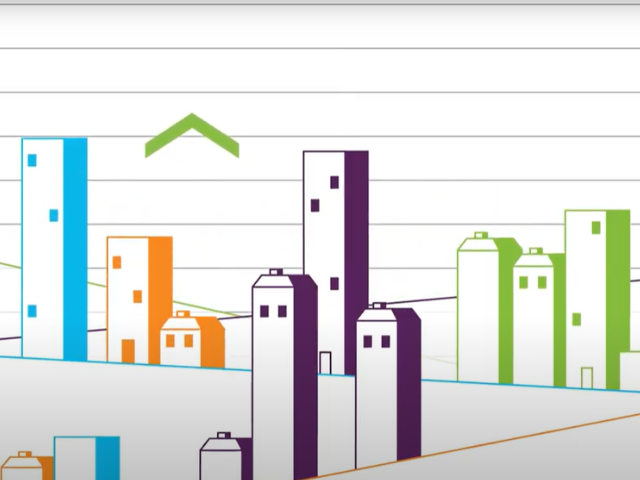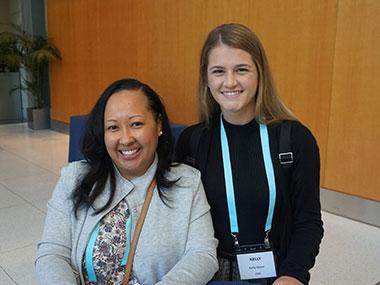About Us
Freddie Mac's Multifamily division serves America's renters by providing liquidity, stability and affordability to the multifamily housing market through all economic cycles and in communities nationwide.
What We Do
We provide certainty of execution to our lenders and borrowers through multifamily financing and investment opprtunities through our capital markets executions.
Our Mission is our Passion
We're providing liquidity, stability and affordability to the rental market, while also increasing opportunities for renters, borrowers and lenders.
We Make it Happen
2024 Success by the Numbers
93%
Affordable to renters with low to moderate income
$65B
New business volume
~553,000
Rental units
$46B
Credit risk transfer
Our People Make Us Great
Freddie Mac Multifamily staff are committed to working hand in hand with our Optigo® network, creating finance solutions and accomplishing our mission at the same time.


